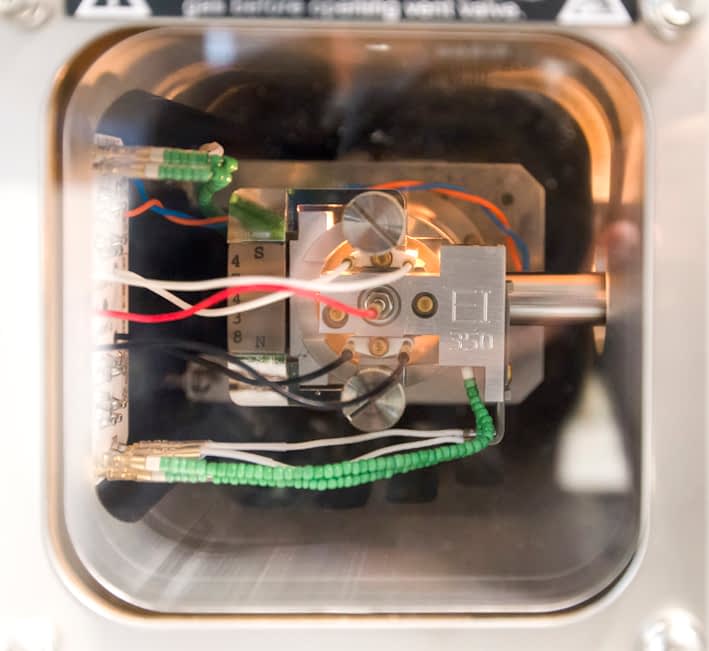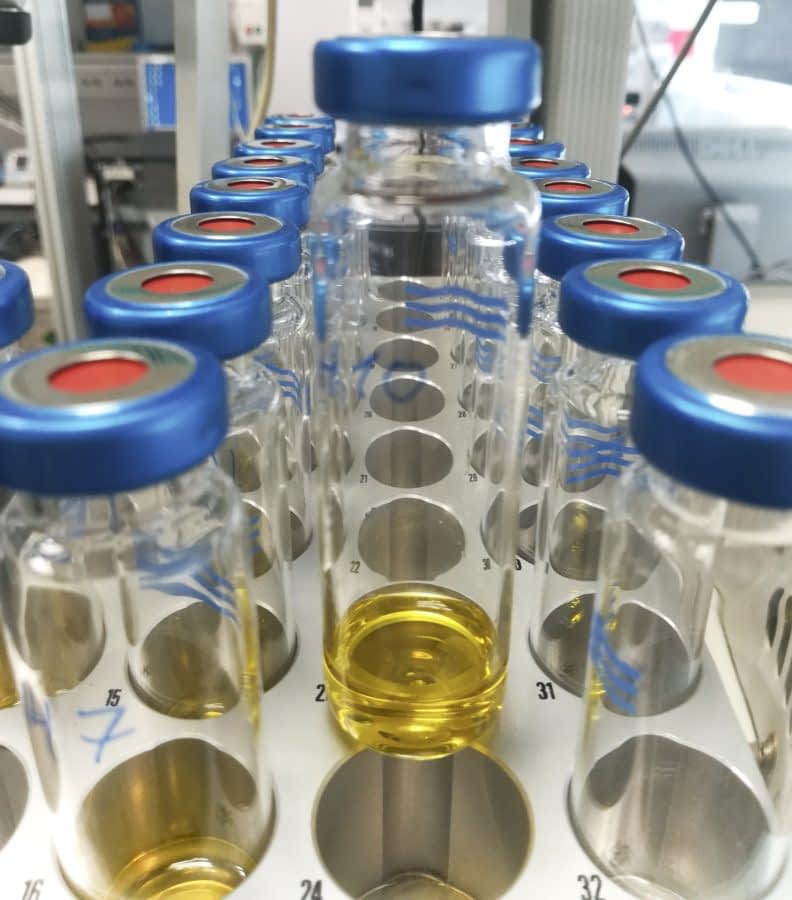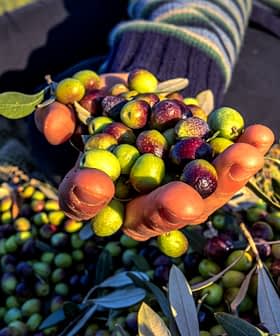New research from the University of Seville and the Higher Council for Scientific Research’s (CSIC) Instituto de Grasa sheds more light on the positive organoleptic attributes of extra virgin olive oil.
The latest study, published in Food Chemistry, aimed to understand better the origin and characteristics of extra virgin olive oil sensory and flavor profiles.
The advanced knowledge on positive attributes beyond those described in the organoleptic assessment method would also contribute to introducing new variables for optimizing the (production) process.
Most research about extra virgin olive oil is centered on understanding the nature and the source of its common sensory defects. However, this new study identified and deployed different methods to process and investigate the positive characteristics of several extra virgin olive oils.
The established knowledge base in terms of sensory defects is quite extensive. To confirm the authenticity of an extra virgin olive oil or ascertain its origin, the chemical markers that produce taste and aroma also have been thoroughly studied by the International Olive Council (IOC), the olive oil industry and others.
See Also:A New Spectroscopy Method to Determine Bitterness and Pungency in Olive OilSensory defects result from the oxidation or fermentation of the olives or resulting olive oil, boosting the concentration of certain volatile compounds.
“On the contrary, the positive attributes, characterized with a complex balance of fruity notes, are more difficult to characterize,” Diego García-González, a researcher at the Instituto de la Grasa and corresponding author of the study, told Olive Oil Times.
“The sensory differences are due to different profiles of volatile compounds rather than to the absence or presence or anomalous concentration of a few compounds,” he added.
The research identified the different markers that make volatile compound profiles attributed as either “green fruity” or “ripe fruity.”
Tasting experts can detect these sensory profiles and layout objective and reproducible results.

Olive oil tasting glasses
“Therefore, if samples of both types of aroma are carefully selected and evaluated by a panel, it is possible to study their volatile composition and to extract conclusions,” García-González said.
Still, the researchers wrote that those compounds are not necessarily responsible for the two main sensory perceptions. Therefore, they worked on the positive attributes and the associated volatile compounds, investigating the differences between “green fruity” and “ripe fruity” aromas.
To this end, the researchers selected 24 extra virgin olive oil varietals from Spain, Portugal, Italy, Croatia, Slovenia and Turkey.
“The primary selection of the 24 samples out of 105 oils was made by an open tasting procedure done twice by four trained panelists who tentatively selected those samples with distinctive and undoubted sensory profiles of ‘green fruity’ or ‘ripe fruity,’ discarding those samples with unclear positive attributes or a mixture of both sensory profiles,” the researchers wrote.
See Also:Scientists Identify Gene Responsible for Olive Oil’s AromaThe panelists then selected 12 samples associated with each “green fruity” and 12 other samples with “ripe fruity” and verified their characteristics using the IOC’s official procedure.
“In the sensory evaluation, olfactory and gustatory, the panelists confirmed that the samples did not have any sensory defect, and they scored the positive attributes included in the IOC regulation,” the study’s authors wrote.
“Virgin olive oils typically contain a mixture of the two sensory profiles at different degrees. That is what made this study complex and interesting,” García-González said. “To address the study, we focused on samples in which all the panelists agreed that they were clearly characterized with ‘green fruity’ or ‘ripe fruity’ aroma.”
The researchers studied the differentiation in the volatile profile of extra virgin olive oils into those two classes, which were investigated “by deploying three different analytical methods, including different extraction techniques and detectors and two data processing strategies, and their relation with sensory results.”

According to the scientists, such work was needed as the knowledge of the individual contribution of volatile compounds to the greener or riper notes of extra virgin olive oil is still scarce.
“Given the complexity of positive attributes found in extra virgin olive oil associated with different volatile profiles rather than single volatile markers, the study of different isolation/extraction techniques and methods are needed to obtain the maximum information of the volatile profile,” they wrote.
According to the results, each method allowed the characterization of the two classes, providing information on different volatile compounds.
García-González said the research on extra virgin olive oil’s different sensory attributes is crucial given the significance of such a product.
Many olive oil experts might detect plenty of sensory notes within the “green fruity” or “ripe fruity” labels, such as green grass, green tomato, ripe tomato, green banana, ripe banana, and so on.
“Those are commonly detected by panelists and consumers, and they also have specific volatile profiles associated,” García-González said. “However, not all of them have the same complexity or the same possibility for an objective and reproducible sensory evaluation, particularly in the case of some attributes that rarely are present or are less defined.”
The research on the volatile compounds responsible for sensory attributes often comes with innovation in organoleptic assessment.

Olive oil samples to be tested in the lab
According to García-González, these kinds of studies “contribute to a better knowledge of each perceived attribute, the technological factors influencing its concentration, the chemical and biochemical origin and ultimately the improvement of its definition, which is very important for the sensory evaluation.”
Since many consumers are unaware of the wide diversity of extra virgin olive oil’s positive organoleptic qualities, García-González and his colleagues believe research can provide new opportunities for producers.
“The advanced knowledge on positive attributes beyond those described in the organoleptic assessment method would also contribute to introducing new variables for optimizing the process of oil extraction toward an improved quality and a better characterization and promotion of the product,” García-González said.
The researchers noted that there is a long road ahead in understanding and investigating extra virgin olive oil’s positive attributes.
“The next step [of the research] is to extend the study to other positive sensory attributes within each one of the ‘green fruity’ and ‘ripe fruity’ types and to identify new markers that could be related to particular positive sensory profiles and to establish new decision rules of sensory interpretation based on the volatile profile,” García-González said.
“The inclusion of different cultivars and maturity stages is necessary for this particular objective. On the other hand, studies that involve the response of panelists and consumers to these attributes are also of interest. Studying the panelists’ performance in their evaluation for some of the attributes with particular relevance for those being easily detected compared to others,” he concluded.








